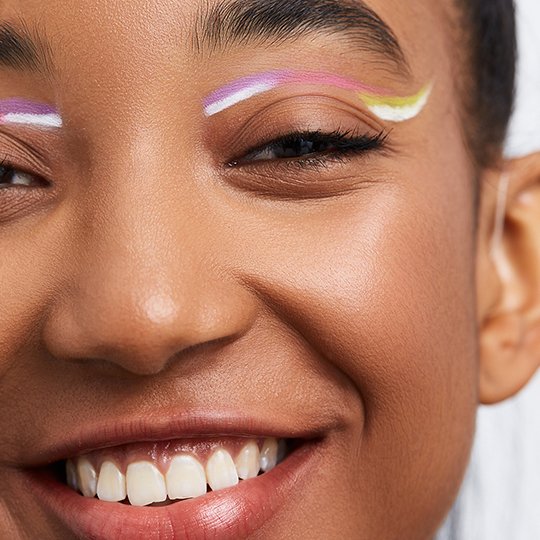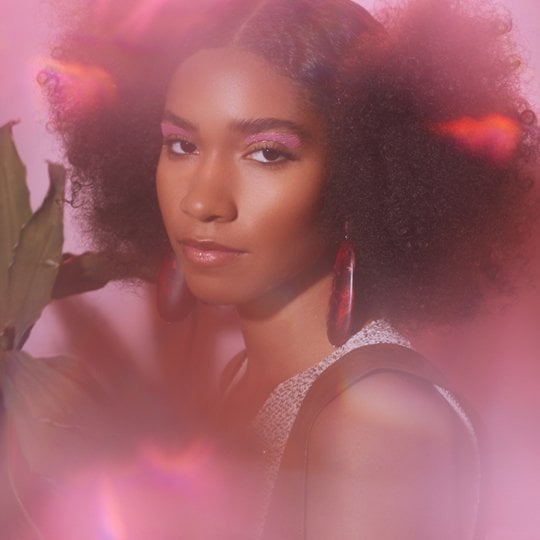How to Care for Your Locs
April 05, 2022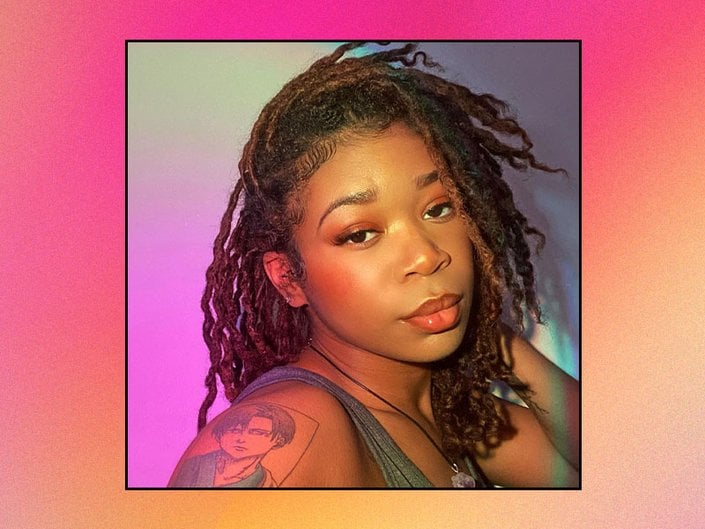
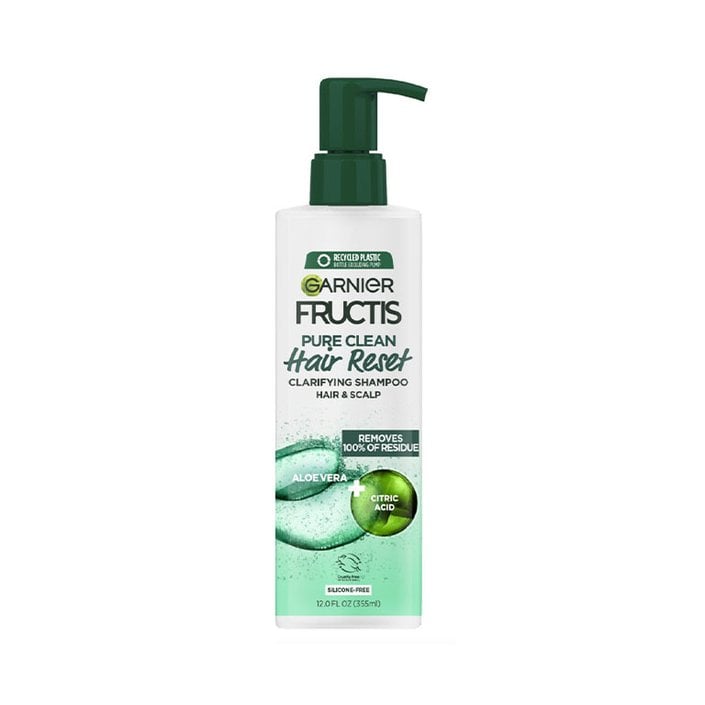
It’s best to massage the shampoo into both your scalp and locs for a full refresh, and be sure to thoroughly rinse until the water runs clear as suds can often get lost in the dense hair, says O’Connor.
Locs are like sponges and will retain water, so to dry them, gently squeeze the excess water out with your hands or with a microfiber towel. “Don’t wring the hair because doing so can cause thinning and breakage,” says O’Connor. From there, you can either let them air dry, sit under a hooded dryer or blow them dry on a low-heat setting.
As for how often you should wash the locs, there isn’t a one-size-fits-all answer, but your hair type can be an indicator for how often you should wash your locs. “It’s not necessary for those with coily hair to wash as often as those with straight hair,” says Courtney. “If you wash coily hair too often, it will dry out and cause breakage.” Though hair type is a factor, it’s generally best to wash locs every two to three weeks.
Why Do You Need to Moisturize Locs?
To prevent locs from becoming dry and brittle, it’s important to regularly moisturize them with a cream or oil. Once a week, you can use a deep conditioning treatment, like the Matrix Total Results a Curl Can Dream Moisturizing Cream, or you can massage a nourishing hair oil into your scalp and hair. Our favorite hair oil is the Carol’s Daughter Goddess Strength 7 Oil Blend Scalp & Hair Oil.
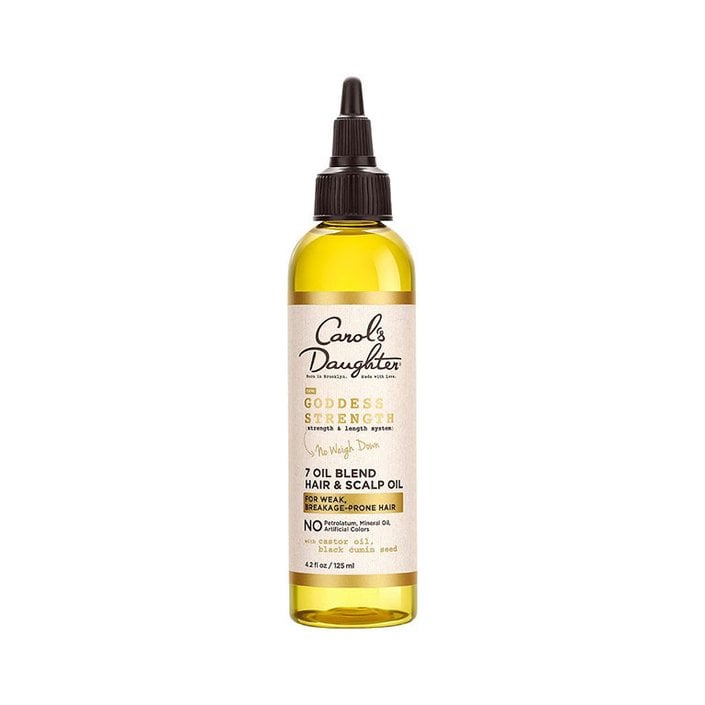
If your locs are feeling extra dry, O’Connor recommends pinning your hair up when showering instead of covering it with a shower cap. The steam acts as a mini, spa-like hydration treatment.
With regular washing and moisturizing treatments, your locs will stay healthy and hydrated no matter what stage of the process you're in.








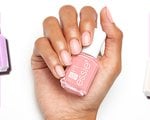












.jpg?cx=0.5&cy=0.5&cw=150&ch=120&blr=False&hash=27326E4FE66B0A2BFABAF4995DA29DC5)




